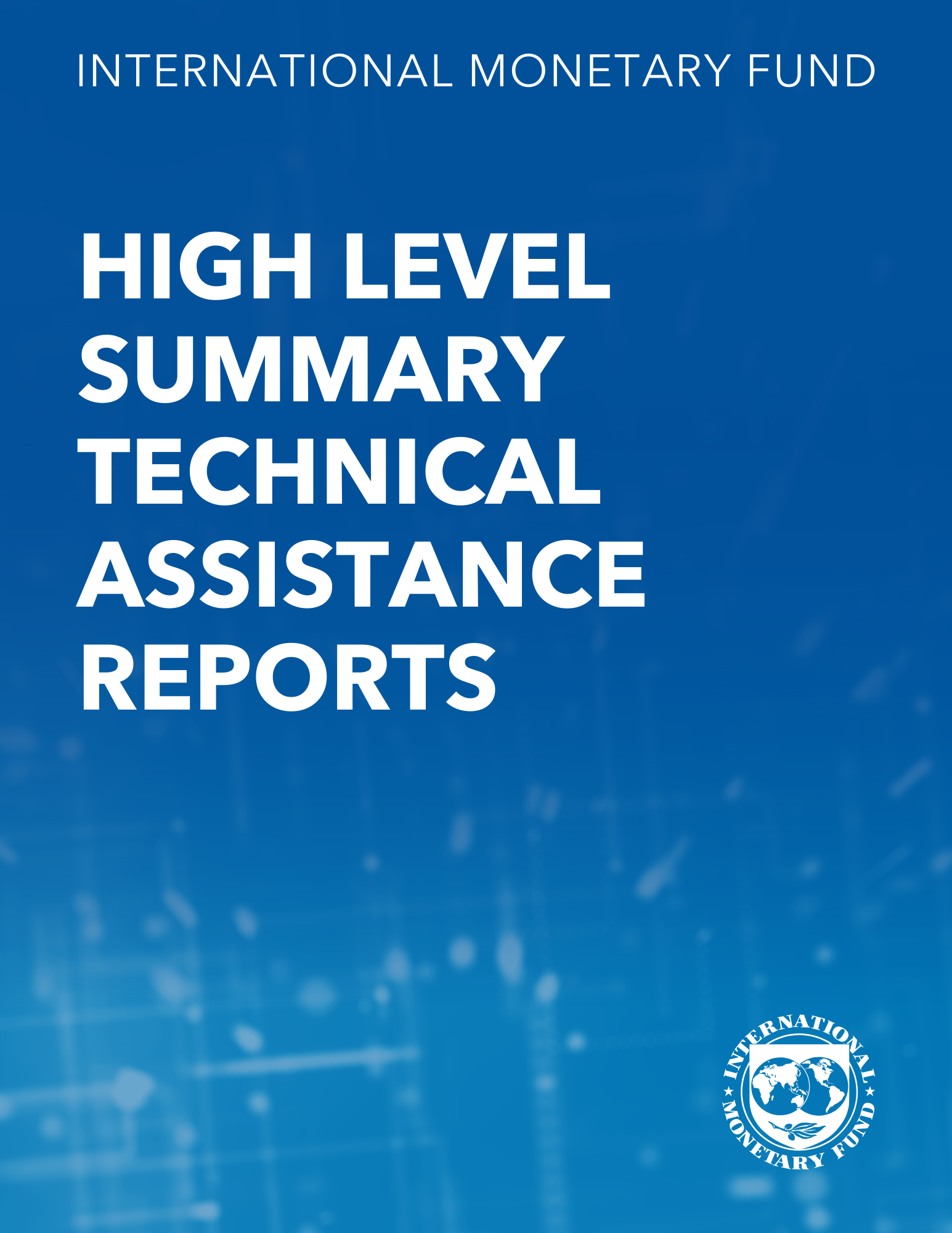Measuring Misalignment: Purchasing Power Parity and East Asian Currencies in the 1990s
September 1, 1999
Disclaimer: This Working Paper should not be reported as representing the views of the IMF.The views expressed in this Working Paper are those of the author(s) and do not necessarily represent those of the IMF or IMF policy. Working Papers describe research in progress by the author(s) and are published to elicit comments and to further debate
Summary
The concept of purchasing power parity (PPP) is used to evaluate whether eight East Asian currencies were overvalued on the eve of the 1997 crises. The Johansen and Horvath-Watson cointegration test procedures are applied to bilateral and multilateral exchange rates, deflated using CPIs, producer price indices (PPIs), and price indices of export goods. The second deflator yields the greatest evidence of “stationarity.” The study find’s that the Malaysian, Philippines, and Thai currencies were overvalued, while the Korean and Indonesian were substantially undervalued. Mixed results were obtained for the others. Measures of the equilibrium rate based on time trends in CPI-deflated rates typically suggest larger overvaluations.
Subject: Consumer price indexes, Exchange rates, Foreign exchange, Prices, Producer price indexes, Purchasing power parity, Real exchange rates
Keywords: cointegration, Consumer price indexes, CPI sample, East Asia, estimates accord, exchange rate, Exchange rates, Hong Kong PPI data, log PPI, overvaluation, Producer price indexes, purchasing power parity, Real exchange rates, retail price index, Thai baht, trend measure, U.S. dollar, WP, yen rate
Pages:
29
Volume:
1999
DOI:
Issue:
120
Series:
Working Paper No. 1999/120
Stock No:
WPIEA1201999
ISBN:
9781451854251
ISSN:
1018-5941





